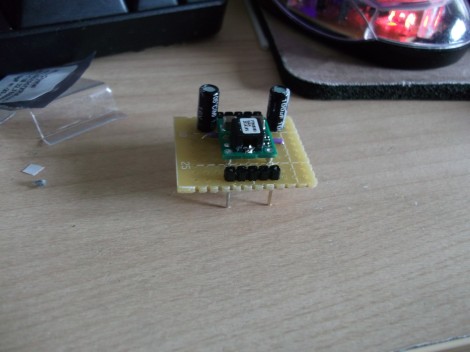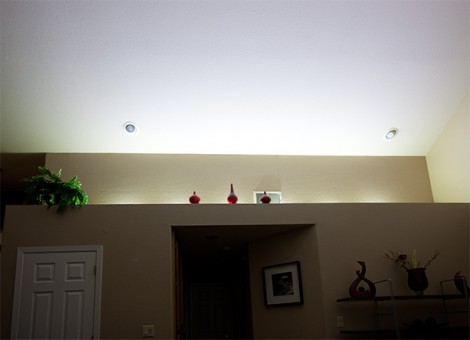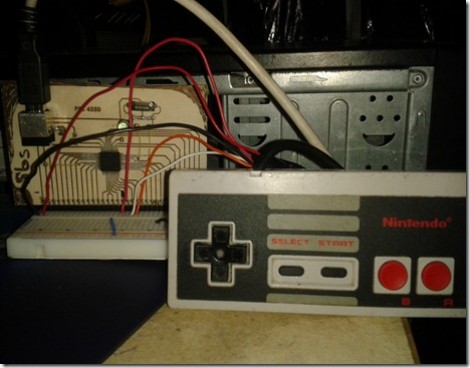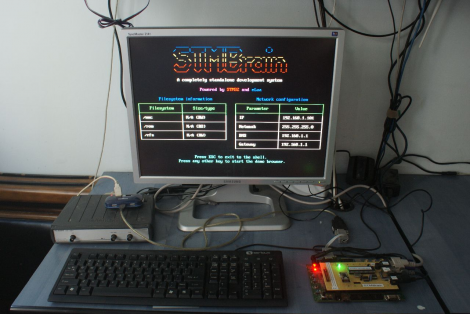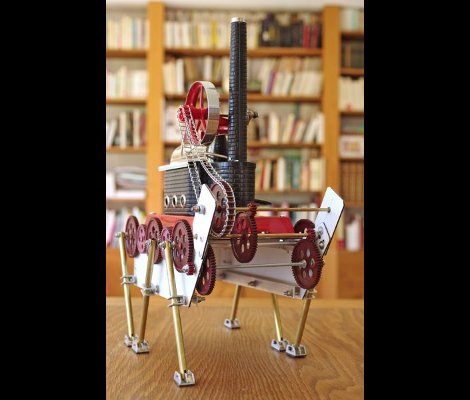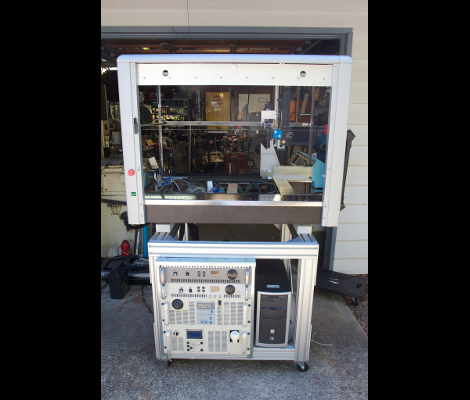
Just in time for your garden’s carrot harvest [Lou] shows us how to make a carrot firing rifle. It’s cheap, easy, and quick. If you’ve got 15 buck and 15 minutes you can have one to call your own.
The loading method is quite easy. Shove a carrot in the muzzle as far as it will go, then cut of the excess. Finish up by using a ramrod to push the carrot stub the rest of the way into the barrel. Once you’ve gnawed down the rest of the carrot nub and connected a compressor hose to the rifle you’re ready to do some damage. The video after the break shows a carrot fired all the way through a cardboard box, and penetrating a gallon jug of water.
[Lou] uses CPVC for the project. It takes just a few lengths of pipe, pipe fittings, a valve, and a threaded metal compressor fitting. After gluing everything together he threads the compressor attachment in place and heads to the firing range.
Continue reading “Carrot Gun Packs A Punch; Improves Eyesight”

